-
Astronomers discover most powerful cosmic explosions since the Big Bang
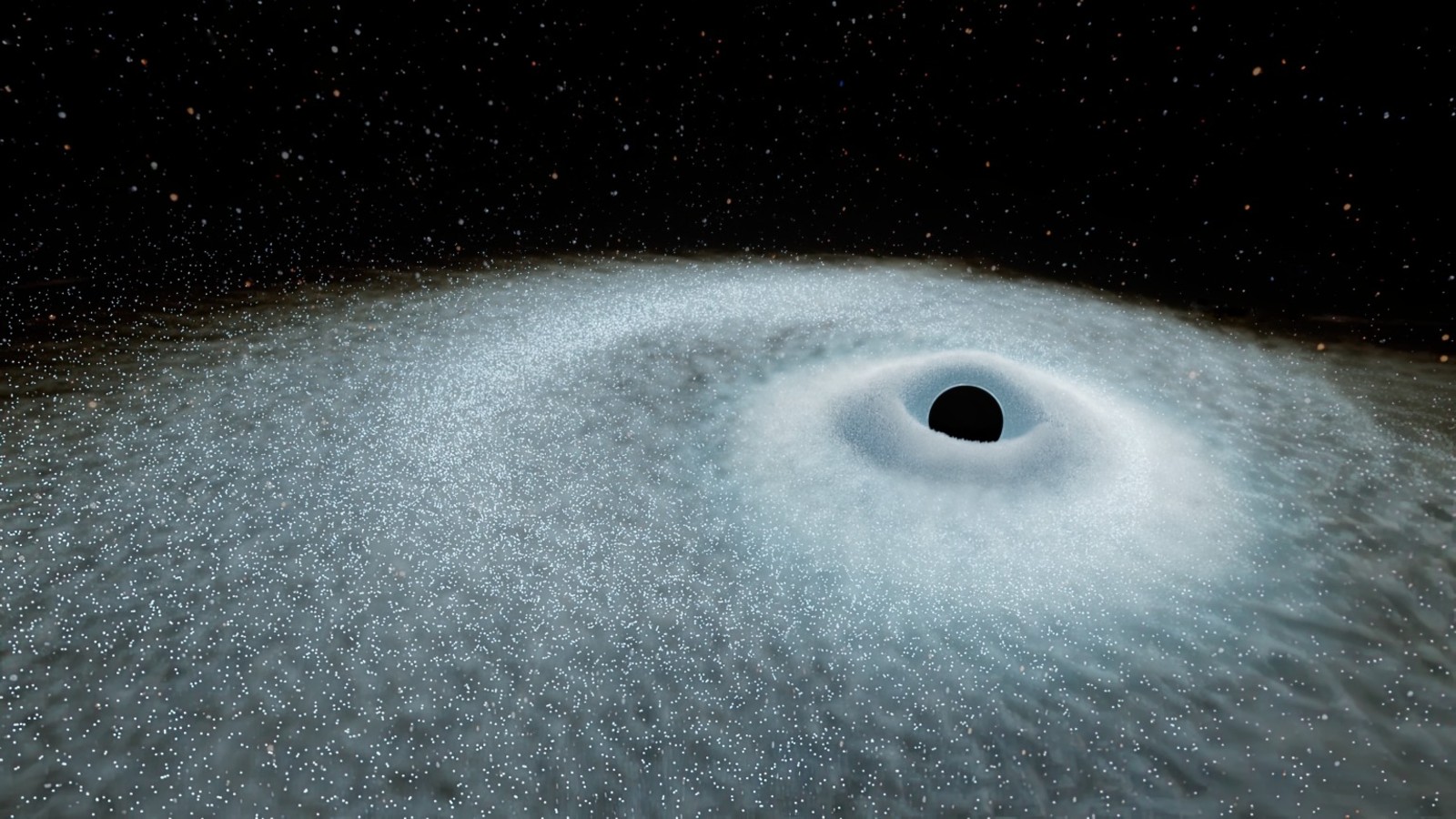
Astronomers have discovered the most powerful cosmic explosions since the Big Bang, naming them “extreme nuclear transients.” These incredibly energetic explosions occur when stars with masses at least three times greater than that of the sun are torn apart by supermassive black holes. While such events have been witnessed before, astronomers say some of the…
-
Astronomers simulate a star’s final moments as it’s swallowed by a black hole: ‘Breaks like an egg’
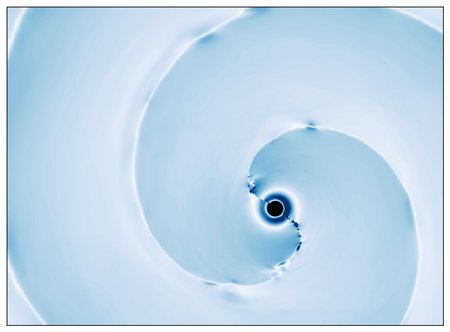
The universe is full of spectacular and violent events, but few are more dramatic than a black hole tearing apart a star. Now, thanks to advanced computer simulations, scientists have gotten their closest look yet at what this cosmic catastrophe might actually look — and even sound — like. A team of astronomers, led by…
-
Space Policy
NASA’s FY 2026 Budget Request has been Released It’s official. NASA’s Fiscal Year 2026 Discretionary Budget Request (FY 2026) has been released, and the news is decidedly mixed. In a previous article, we examined the FY 2026 Budget Request (released on May 2nd) and its recommendations for the coming year. With the release of the…
-
Magnetic fields appear to be as old as the universe itself. What created them?

The universe is soaked in weak-but-persistent magnetic fields. Despite decades of research, astronomers still aren’t exactly sure where these magnetic fields came from. But new research suggests they almost certainly originated in the deep history of the cosmos. Everywhere we look, we see magnetic fields. Sometimes, the magnetic fields are relatively weak, like the ones…
-
Astronomers stunned as giant planet challenges what we know about space
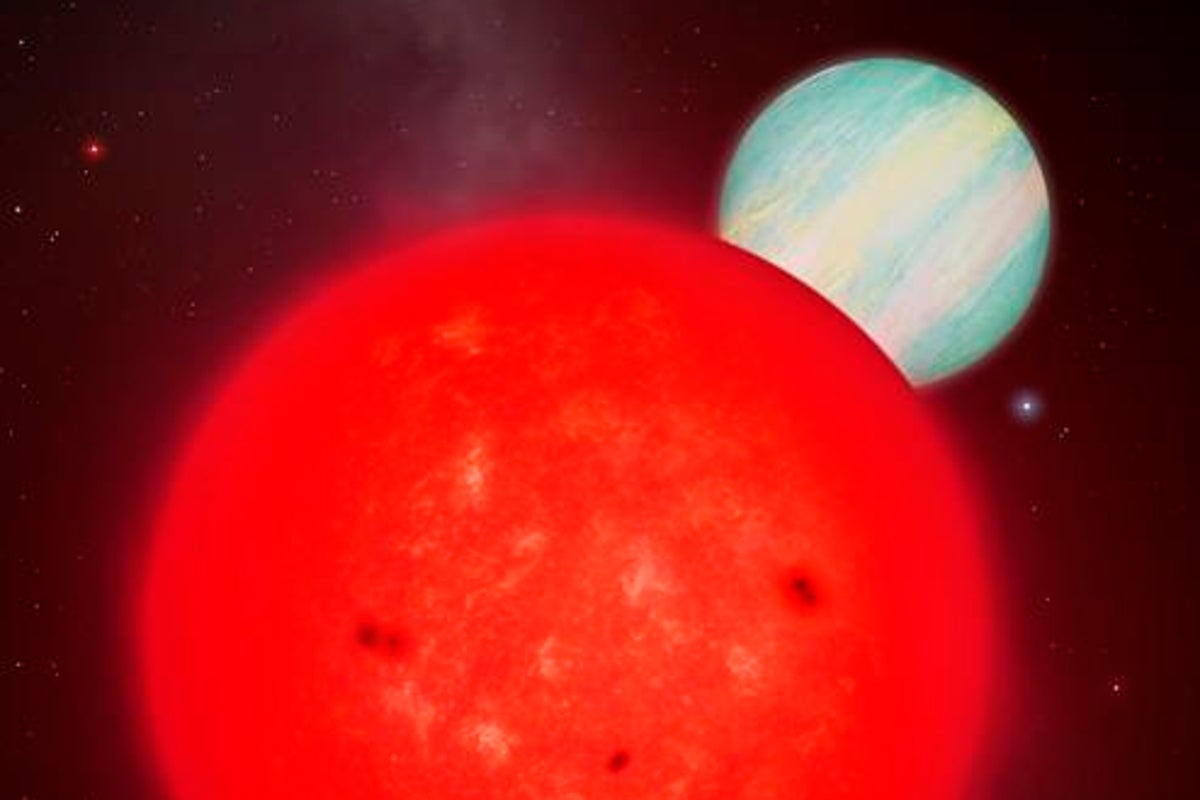
Astronomers have been left puzzled by the discovery of an unusually large planet orbiting a remarkably small star, a cosmic pairing that defies existing theories of planetary formation. The star, named TOI-6894, is located approximately 240 light-years from Earth in the constellation Leo. It is only about one-fifth the mass of our sun. According to…
-
A tiny star gave birth to a giant exoplanet, but no one knows how
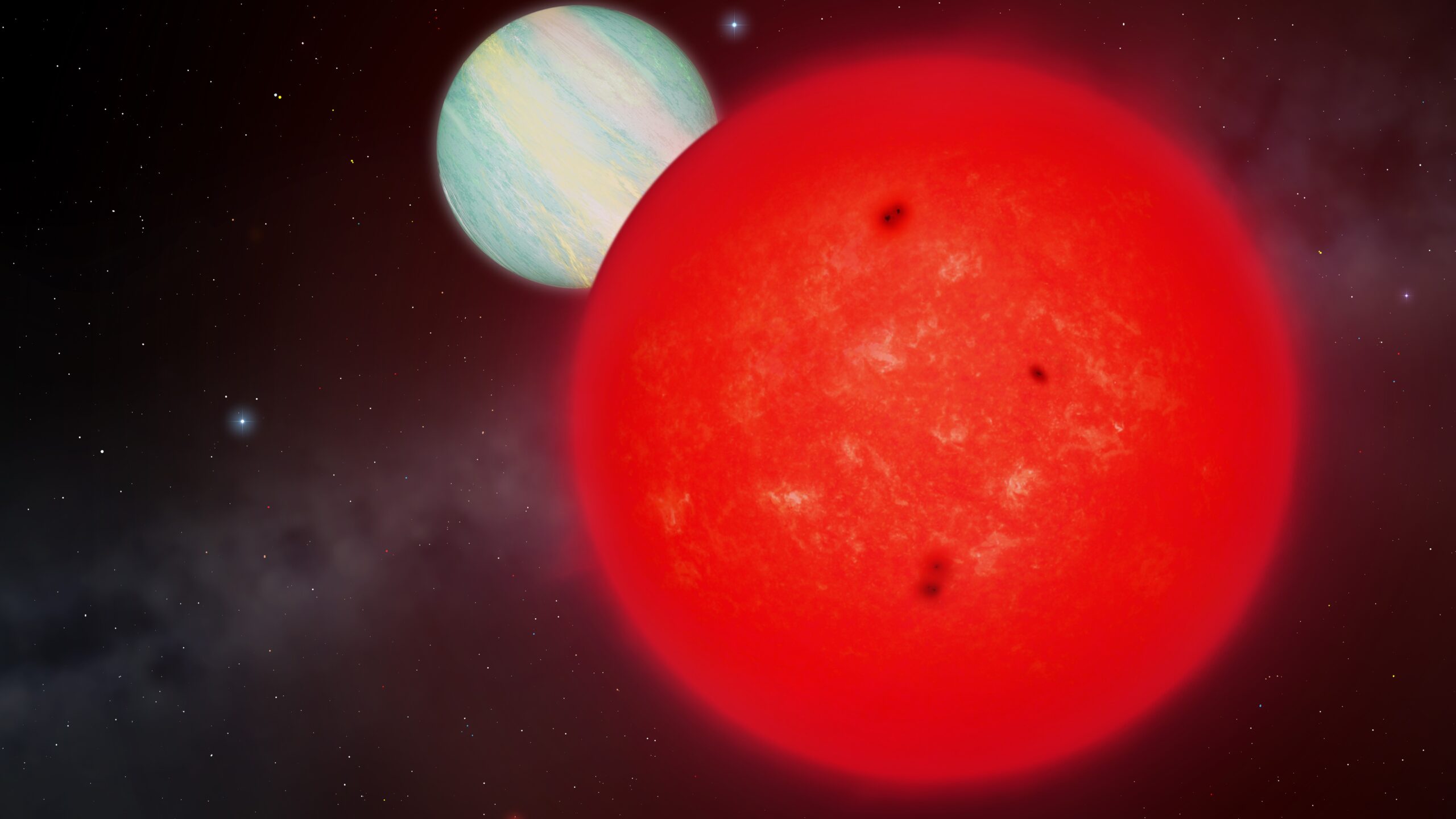
Like a family in which short parents have tall children, a tiny red dwarf star is defying our understanding of how planets form by existing alongside a giant exoplanet. Giant planets are not rare per se — after all, we have four in our own solar system. Such large worlds are, however, rarely found around…
-
Mount Etna’s terrifying eruption from orbit | Space photo of the day for June 4, 2025
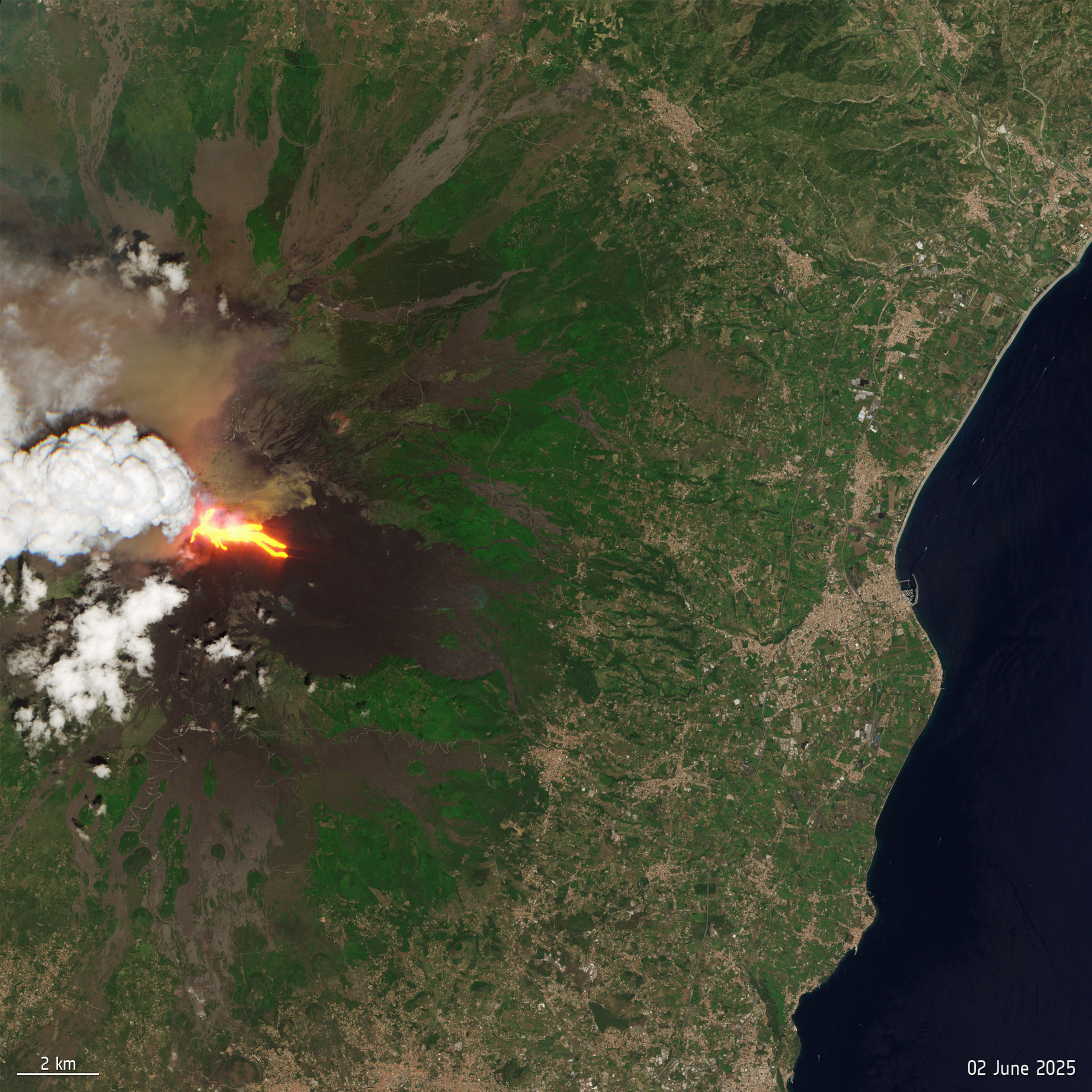
On June 2, 2025 around 10 a.m. local time, residents of the island of Sicily began fleeing as Europe’s largest volcano suddenly erupted. What is it? Mount Etna’s eruption, captured by the European Space Agency’s (ESA) Copernicus Sentinel-5P satellite, revealed massive plumes of ash and smoke, as lava streaked down the side of the volcano.…
-
How an odd star in the ‘Gaia Sausage’ could help solve one of astronomy’s most enduring mysteries
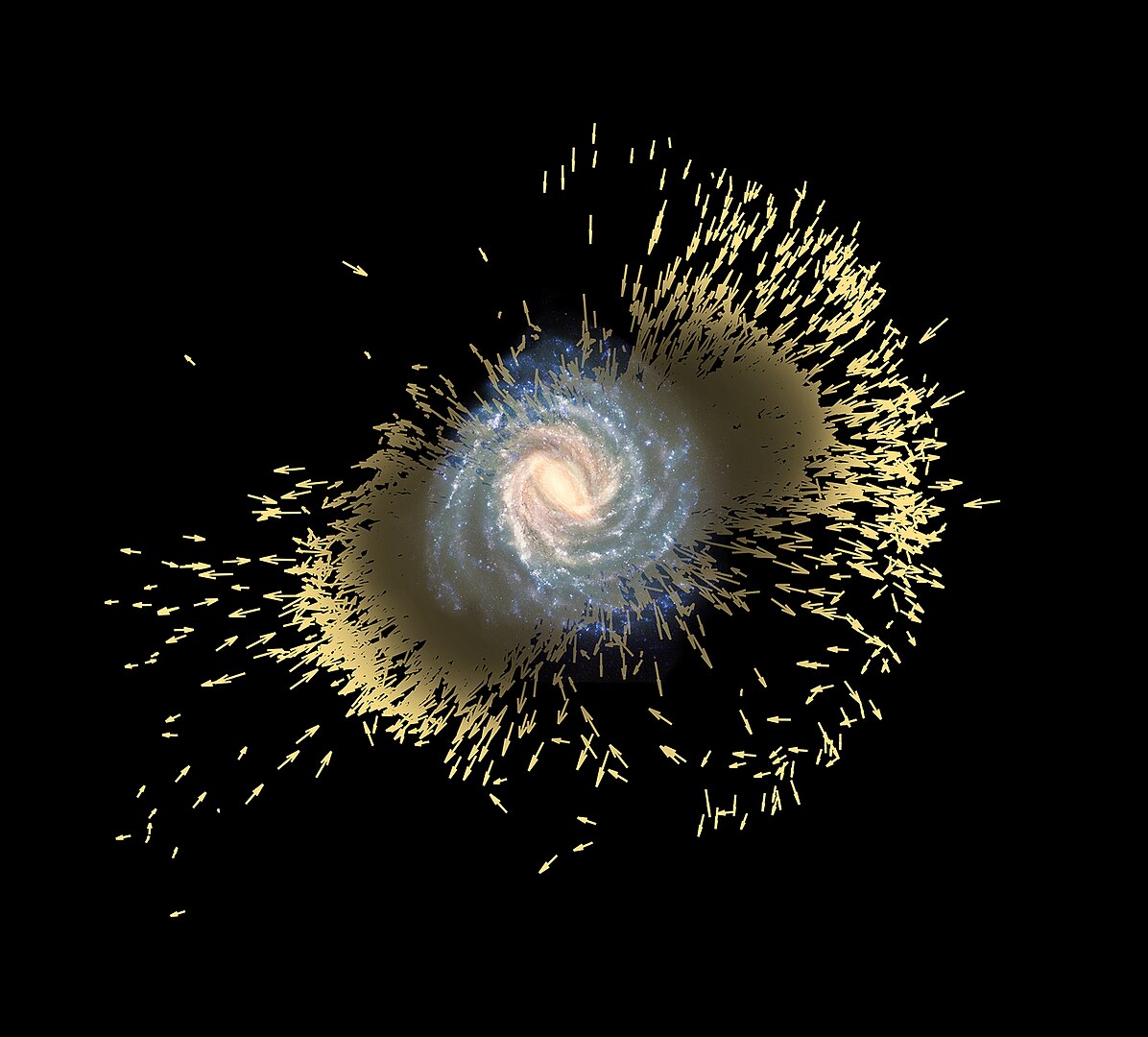
Astronomers have discovered an exceptionally rare star that may help to solve one of astronomy’s enduring mysteries: where the universe’s heaviest elements came from. The star, named LAMOST J0804+5740, resides in the Gaia Sausage (also called Gaia Enceladus), the ancient remnants of a dwarf galaxy that merged with the Milky Way roughly 8 billion to…
-
Japanese company ispace will attempt historic moon landing on June 5
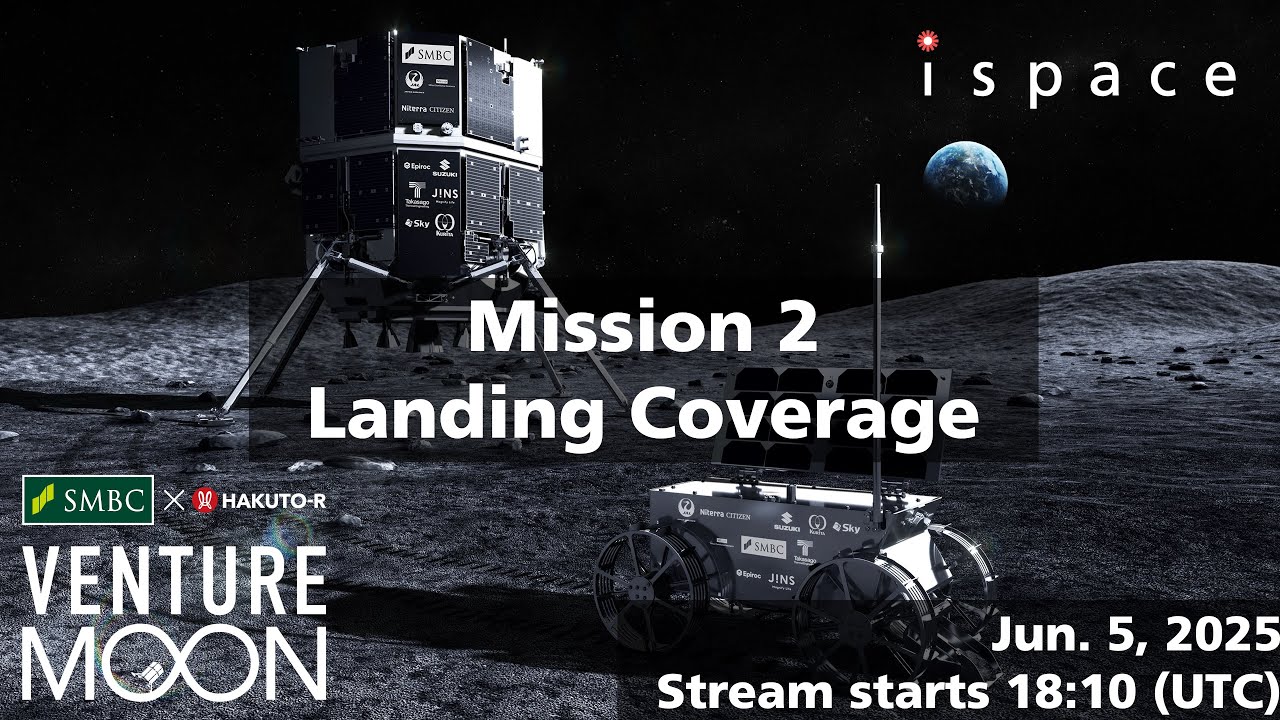
Update for 5 p.m. ET: The Japanese company ispace attempted to land its Resilience moon lander on the plains of Mare Frigoris (Sea of Cold) on the moon today at 3:17 p.m. ET, but lost contact with the spacecraft during its final descent. The fate of the spacecraft is unclear. A press conference is scheduled…
-
Lunar landers and ‘Transporter’ tankers: Blue Origin unveils its blueprint for the moon
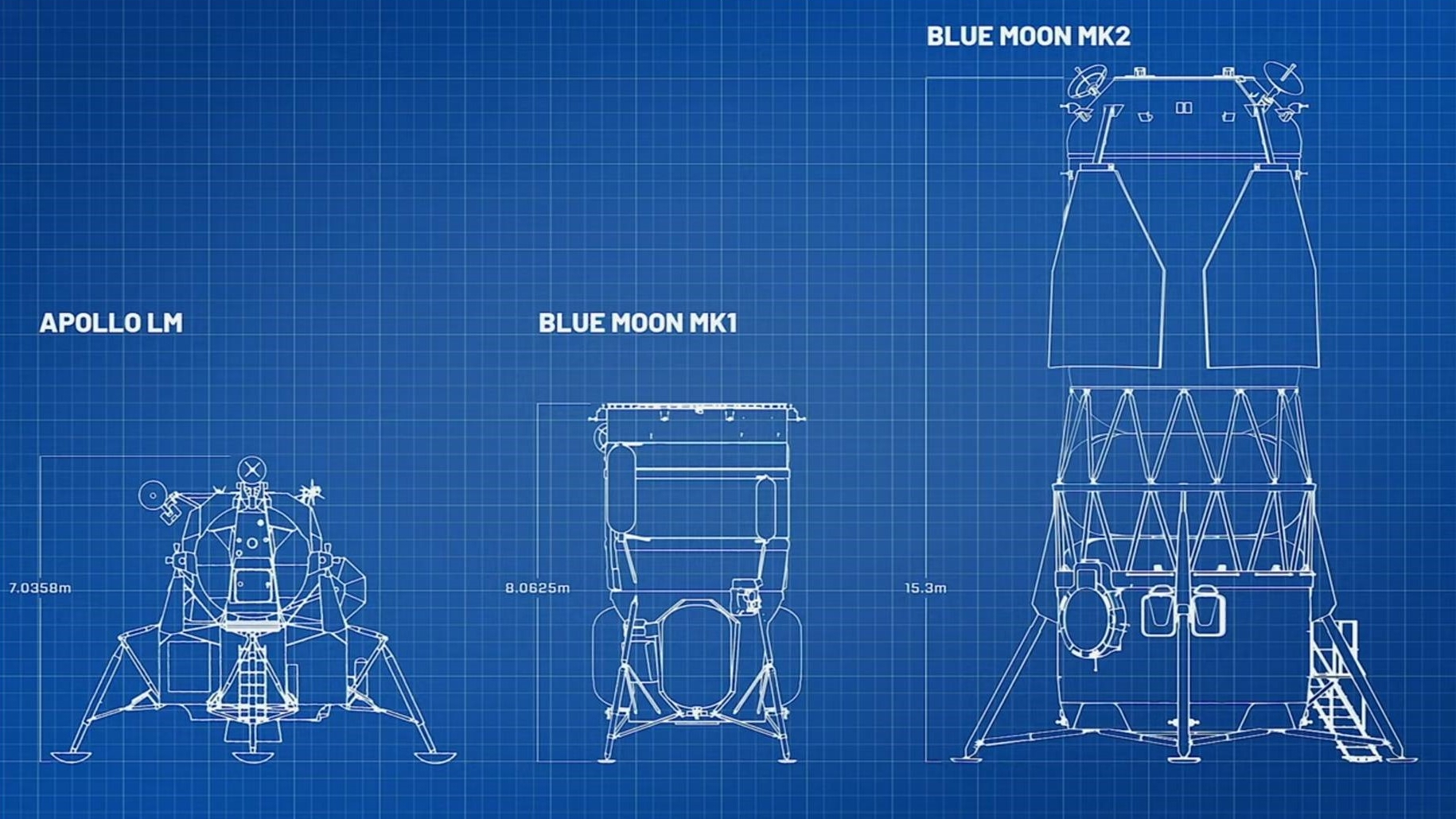
Blue Origin has begun revealing how it plans to establish itself as a provider of hardware to enable long-term human stays on the moon. One newly unveiled key element is the “Transporter,” a vehicle that can be launched on a single Blue Origin New Glenn rocket into low Earth orbit. It will harvest leftover propellant…